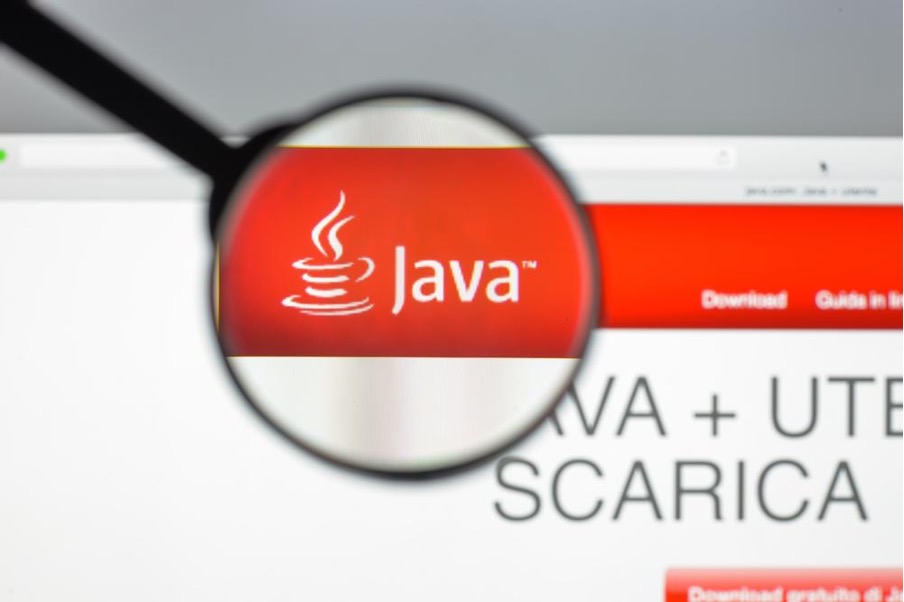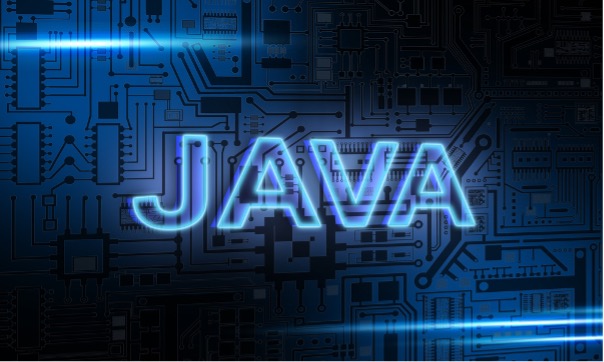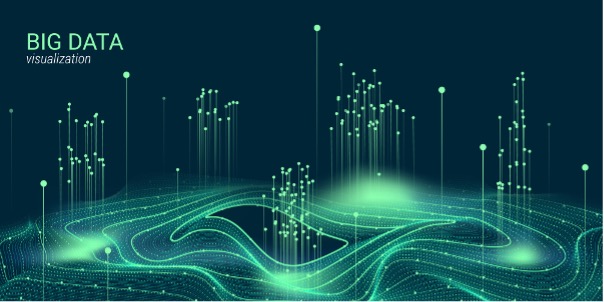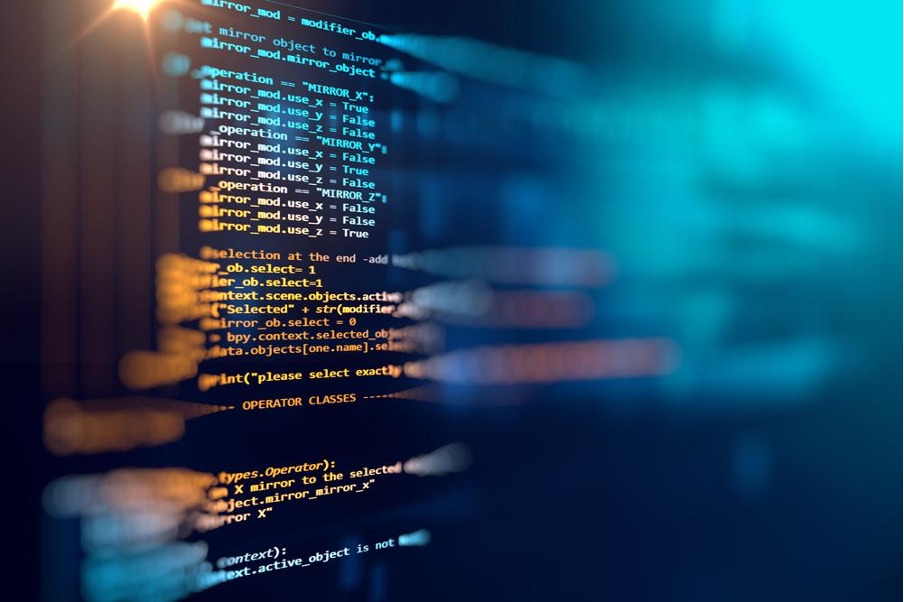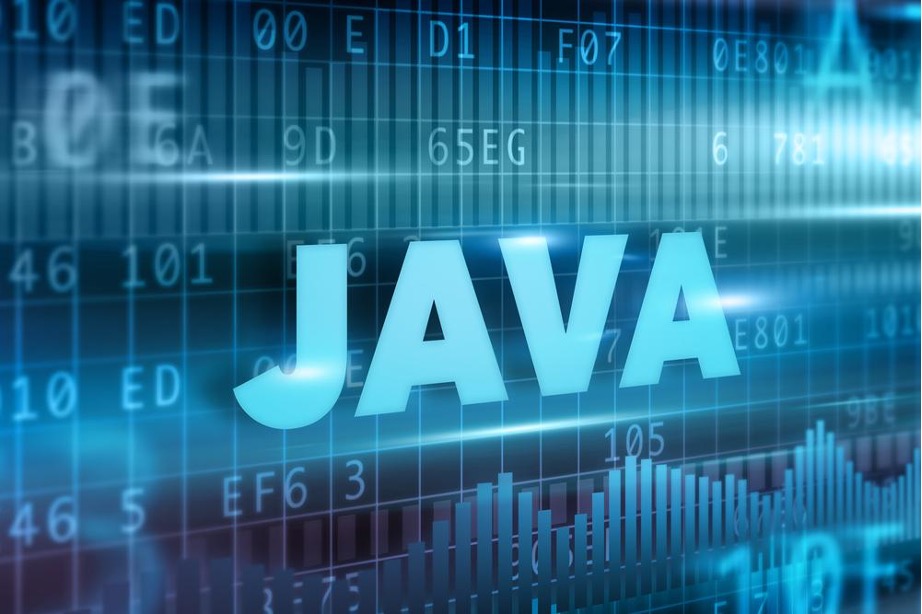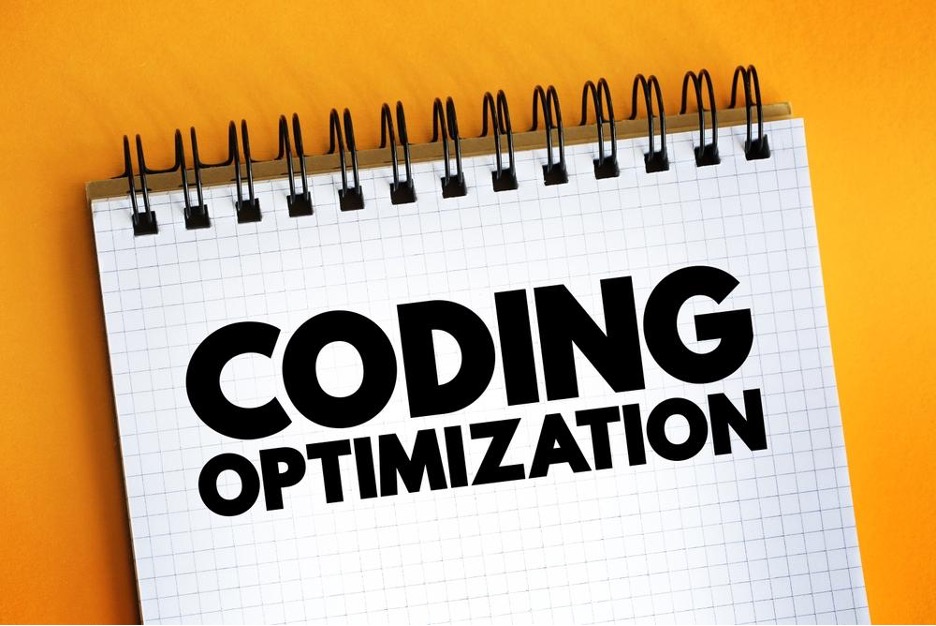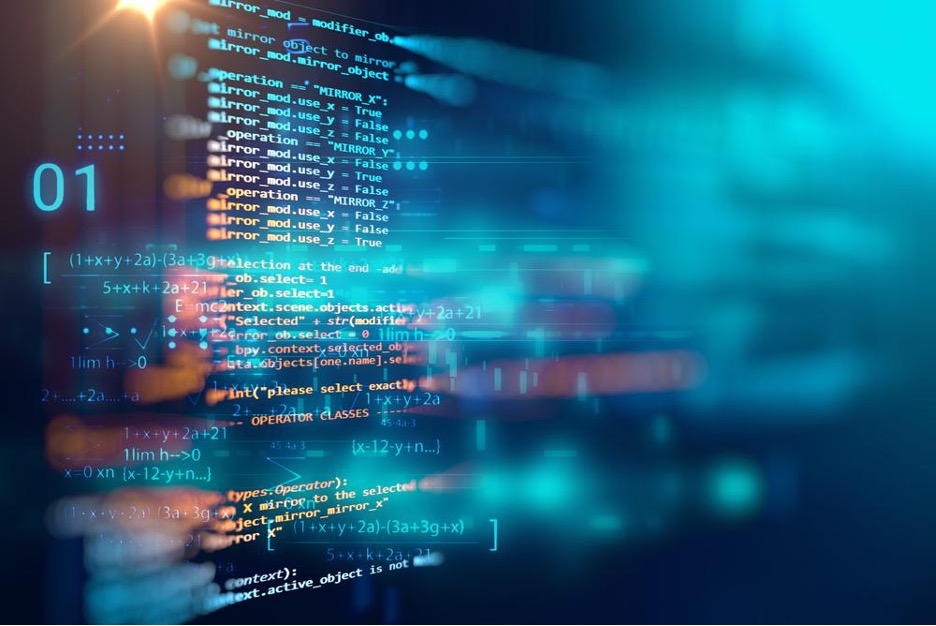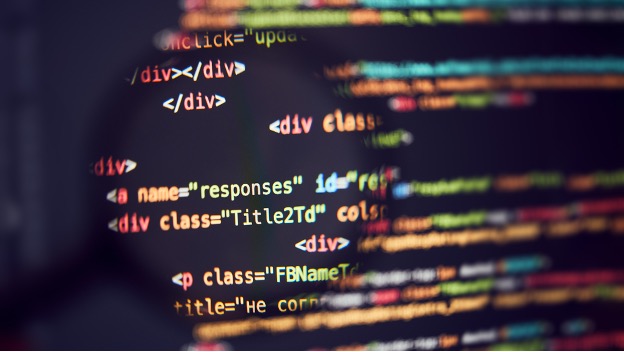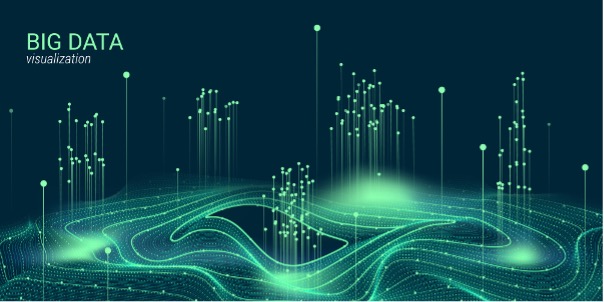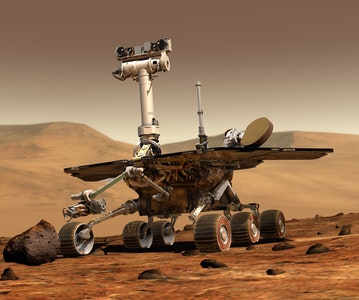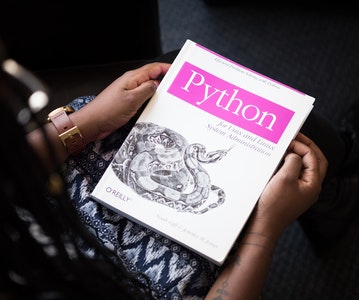This article is about Artificial Intelligence
Checkout the best Libraries for Deep Learning (2022)
By NIIT Editorial
Published on 11/02/2022
5 minutes
ML libraries refer to a collection of routines and functions. A good collection of libraries makes life easier for developers who are writing code for their employers with n number of factors in mind. This is why students are being taught about libraries in data science certificate online. A library does a particular task that developers would have to write repetitive code for. Therefore, they reduce the direct workload for programmers. Here are the 6 most used libraries in the field of deep learning:
- Armadillo
It is used for scientific computation purposes and built out using linear algebra. It is implemented using C++ programming language. Armadillo is used not just in machine learning but also for bioinformatics, pattern recognition, econometrics, and computer vision. This library mitigates the need for temporary restoration.
- FANN
The name is actually an acronym. It stands for Fast Artificial Neural Network. It is a known fact that open source machine learning libraries are key to develop neural network frameworks. Similarly, they can help develop multi-layer feedforward artificial neural networks. It is originally written in C programming language and supports fully interlinked as well as loosely bound neural networks. It was first introduced in 2003 following which it found major use case in AI, biology, environmental science, and genetics. Based on use, FANN is very easy to use and pre-packaged with documentation. This is another reason why data science online courses are teaching the same.
- Keras
For some, this is the most efficient library that runs on both CPU and GPU. It is used to create the foundational blocks of neural networks such as activation function layers. Just as it supports basic neural networks, so can it be used for convolutional and recurrent neural networks. Users can work on text images as well with Keras.
- Matpotlib
Matpotlib is used to create diagrams, images and plots in multiple formats. You can create bar charts, histograms, pie charts, scatter plots, and error tables. Amongst its best features is that it is user-friendly. You can use the pyplot module to get started with this machine learning library. It offers an object-oriented API for embedding graphs and plots in the application with the help of toolkits such as GTK+, Qt, and wxPython.
- Mlpack
This library emphasizes 3 aspects profoundly embraced by programmers namely speed, scalability, and ease of use. Developers can find mlpack bindings in programming languages such as R, Python, Julia, and Go. Sometimes machine learning solutions require C++ classes and command-line tools. mlpack is the perfect solution for that.
- NLTK
It stands for Natural Language Toolkit. This library is cut out for machine learning projects such as language modeling, image recognition, neural machine transition. It can meet crucial needs related to word processing such as dependency analysis, lemmatization, fleas, as well as tokenization of words.
Learn Machine Learning at NIIT
Advanced PGP in Data Science and Machine Learning is an 18-week online course that offers specializations in machine learning, data analysis, natural language processing, and much more. Eligible students are offered a job with a salary of Rs.8LPA upon course completion. Explore now for a future in a field that is ticking.
Advanced PGP in Data Science and Machine Learning (Full Time)
Become an industry-ready StackRoute Certified Data Science professional through immersive learning of Data Analysis and Visualization, ML models, Forecasting & Predicting Models, NLP, Deep Learning and more with this Job-Assured Program with a minimum CTC of ₹5LPA*.
Job Assured Program*
Practitioner Designed




